




Medical
Invisalign
What is Invisalign?
Invisalign is an orthodontic system that moves teeth by sequentially replacing clear aligners made using computer technology. The aligners are custom-made for each patient based on their treatment plan. Because the aligners are transparent, they are barely noticeable when worn.
They can also be removed as needed. Invisalign was introduced in 1999 by Align Technology, a company in the United States. It is now available in over 100 countries worldwide, with over 15 million patients (as of March 2023) having received treatment.
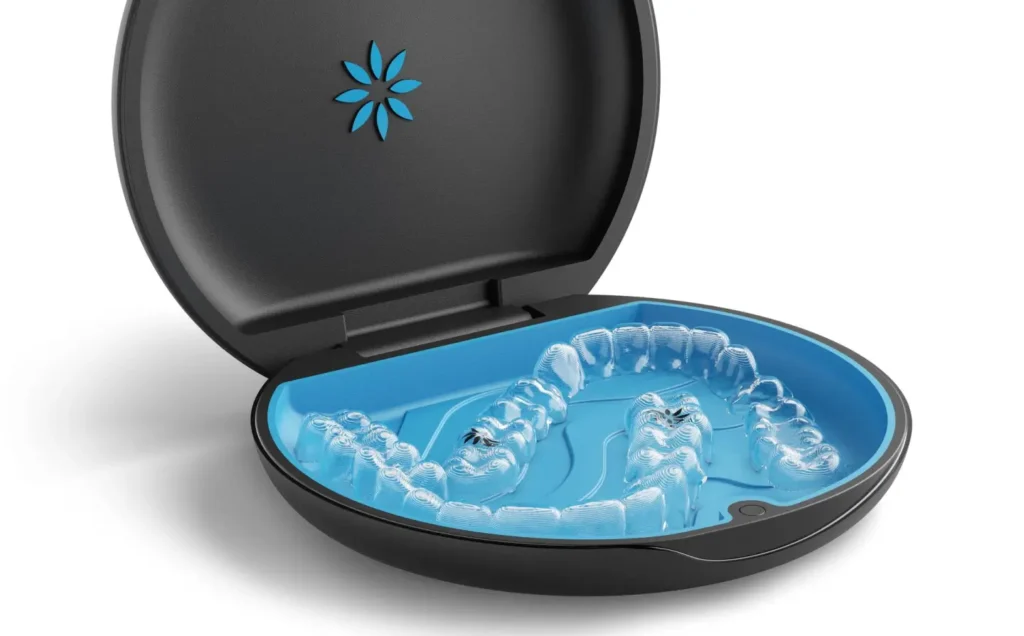
Recommended for the following individuals!
- I want to straighten my teeth, but I don't want to wear braces...
- I was told that I would need to have several teeth extracted during my previous consultation...
- Once treatment starts, I will need to visit the clinic frequently...
- Braces seems like something worn by young people...
- Getting a beautiful smile is great, but I'm worried about the pain...
- Having braces seems like it would make cleaning difficult...
Features of Invisalign Treatment at Our Clinic
POINT 1
Support from Certified Dentists in Malaysia and Partner Dental Clinics in Japan
POINT 2
Planning adjustments tailored to Japanese patients are possible with Japanese Invisalign doctors.
POINT 3
Customized treatment plans tailored to each patient, with thorough advice even after treatment.
POINT 4
日本語通訳が常駐しており、英会話に苦手な方でも安心して治療を受けられる
POINT 5
Invisalign treatment is available at a lower cost compared to the average prices in Japan.
POINT 6
Even if you return to Japan during the treatment, you can continue your treatment at our partner clinics.
Benefits of Invisalign
MERIT 1
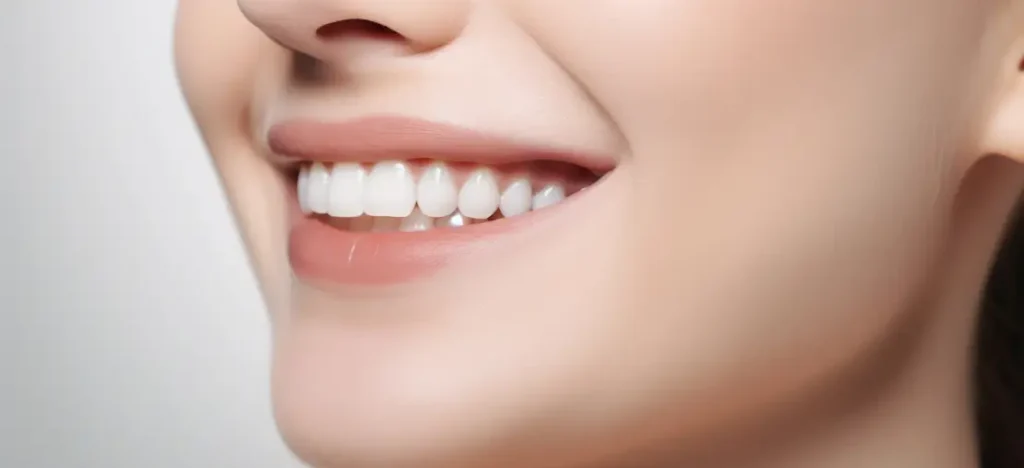
Transparent, so your smile remains beautiful
Invisalign is made from thin, transparent plastic. Even when worn, it is difficult to tell that it is an aligner unless you look very closely. Therefore, you can smile without worrying about your appearance during the treatment, and no one will notice that you are undergoing orthodontic treatment. By sequentially changing the aligners approximately every week, you move closer to your ideal smile.
MERIT 2
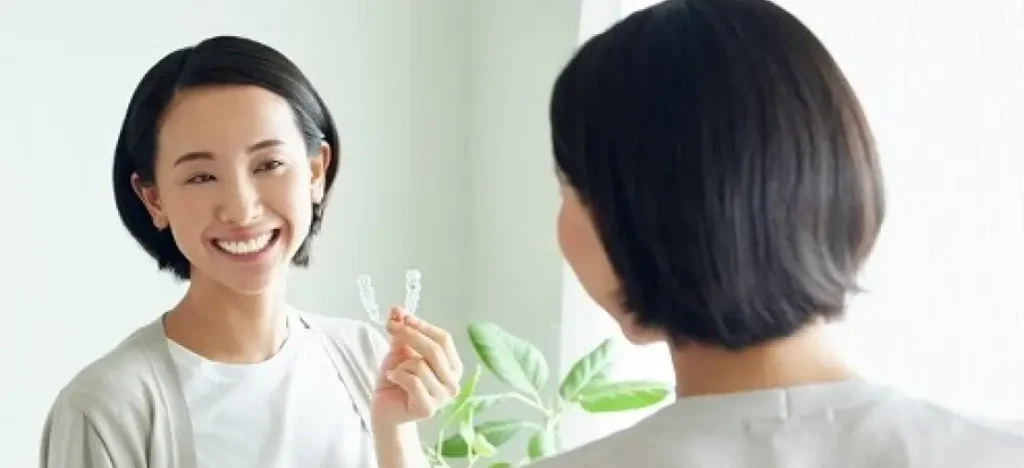
The pain that you experience from typical of orthodontic treatment is minimal.
Since Invisalign does not use traditional wire braces, you won’t experience pain from the appliance rubbing against the inside of your mouth or develop mouth sores. During the treatment, the force is distributed across the entire aligner when you bite down, so there is no specific pain in the moving teeth. After switching to a new aligner, you may feel a squeezing sensation (a feeling between pain and discomfort), but this usually disappears within a few minutes to a few hours.
MERIT 3
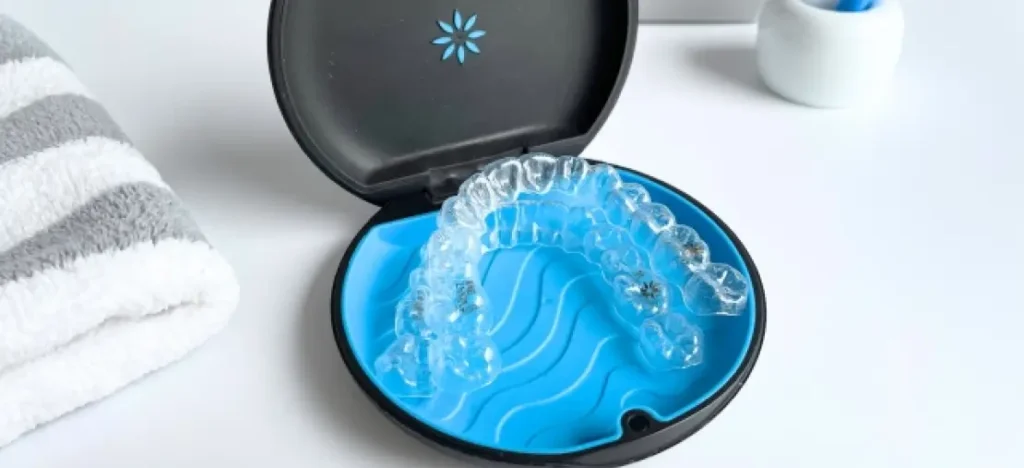
Even though they are removable, they remain very hygienic.
“Since you can remove the aligners during meals, you won’t have the hassle of food getting stuck in the appliance as with traditional braces. There are no dietary restrictions, so you can maintain your usual eating habits. You can also brush and floss your teeth as usual. Unlike traditional braces, there is no plaque buildup between the appliance and the tooth surface, so your teeth and gums stay healthy during treatment. Additionally, aligners can be easily cleaned with a toothbrush, keeping them always clean.
MERIT 4

Since they are transparent and discreet, you won’t be self-conscious when speaking.
The aligners are thin and transparent, making them highly discreet when worn on your teeth. They are smooth and thin up to the gums, unlike traditional lingual braces, which can be bulky and have irregularities. This means there is no difficulty speaking or pronunciation issues. This makes it easy for individuals in customer-facing jobs or other professions to start orthodontic treatment without hesitation.
MERIT 5
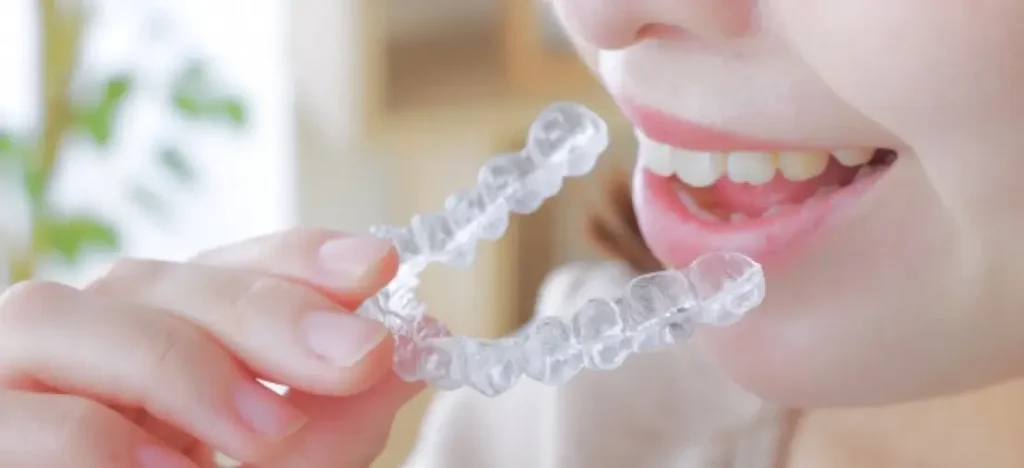
Safe for those with metal allergies
Invisalign is made of plastic, so there is no risk of causing metal allergies. It is safe for individuals with severe metal allergies to undergo orthodontic treatment. Additionally, there is no pain from the appliance rubbing against the mouth.
MERIT 6
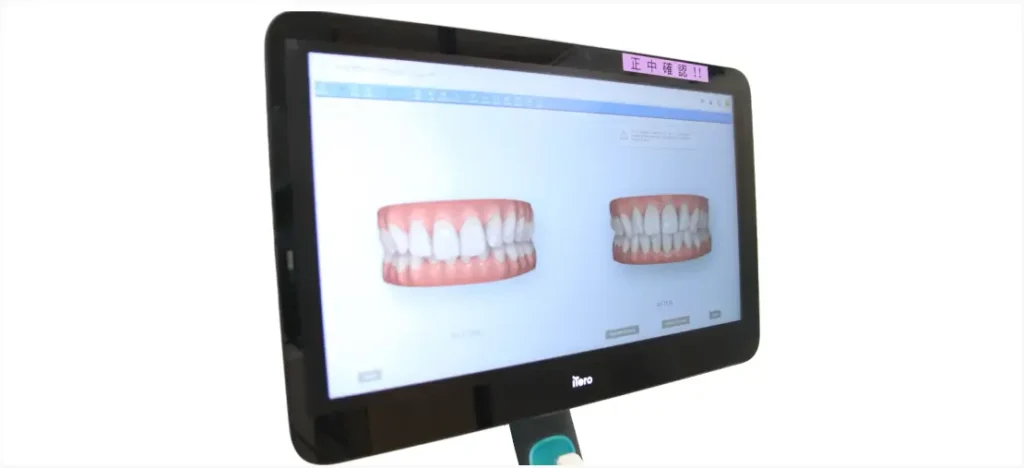
Patented computer simulation
Invisalign uses a proprietary 3D treatment simulation program to design aligners that gradually move teeth into a perfect alignment. Aligners, which change incrementally by 0.25 mm, are worn for about a week each, moving the teeth 0.25 mm at a time. The technology to produce these aligners, utilizing 3D digital imaging and stereolithography (CAD/CAM) techniques, is unique to Align Technology (USA) and is not available elsewhere in the world.
Points to be aware of with Invisalign
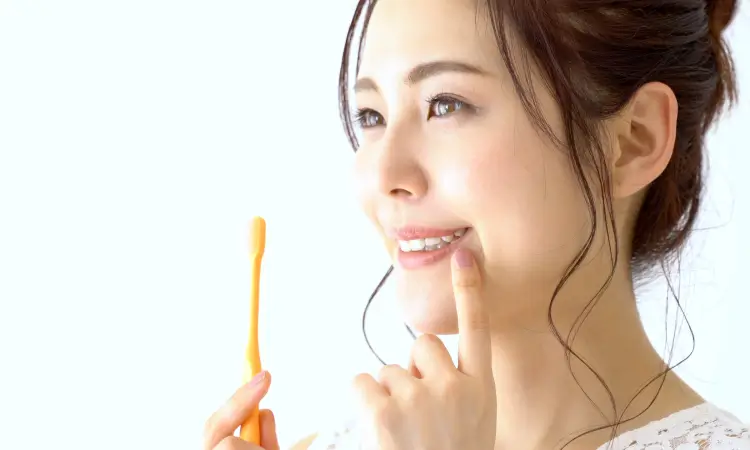
Make sure to wear them 24 hours a day.
Wear them 24 hours a day for 7 days a week. Remove them only during meals and brushing, and make sure to keep them on for the longest possible time otherwise. If the wearing time is shorter than recommended, the teeth may not move as planned. In such cases, consider extending the wearing period (e.g., from 7 days to 10 days).
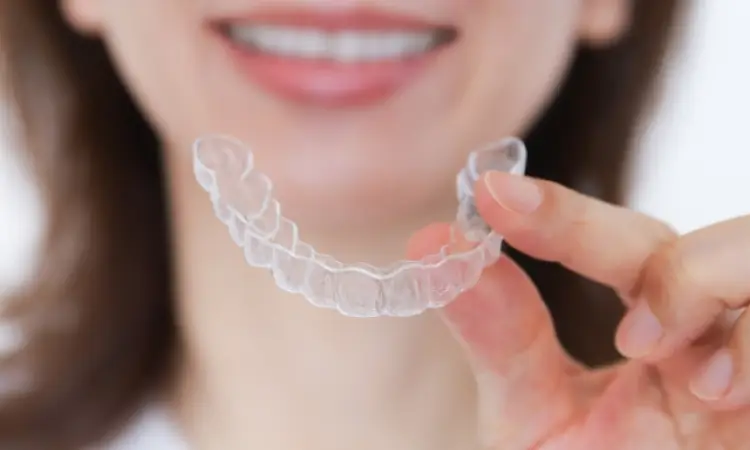
Change the aligners at night.
Change the aligners at night. The first 3 days after starting a new aligner are when you will see the most movement. Changing the aligner at night is effective because you can wear it for a long period from night to morning.
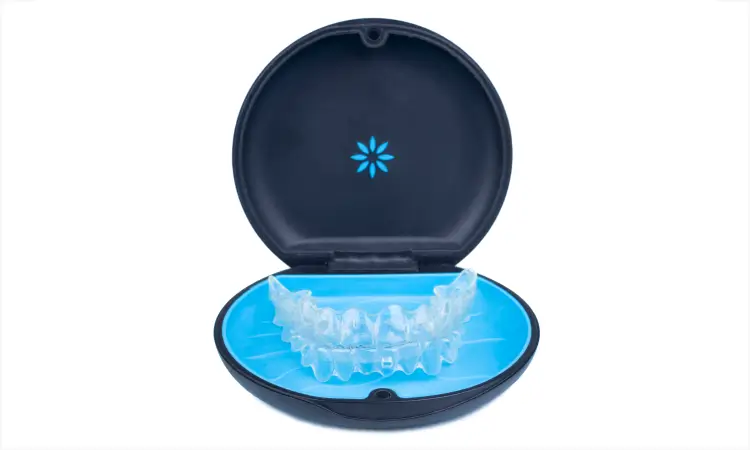
Keep the previous aligner for safekeeping.
Keep the previous aligner for safekeeping. If you lose or damage the current aligner, use the previous one until a new one is available. It is important to always keep the previous aligner in case the current one is damaged or lost.
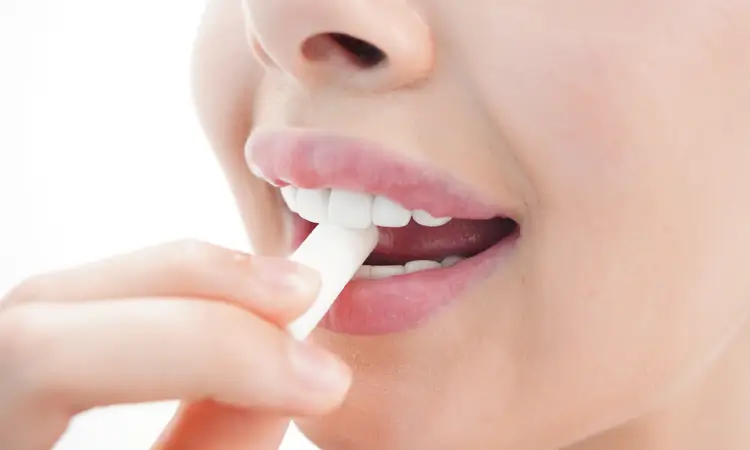
Chewy
Use the chewy for about 5 minutes. To ensure that your teeth move as planned in the simulation, it is essential to fit the aligners snugly against your teeth. If the aligners remain loose for extended periods, your teeth will not move properly.
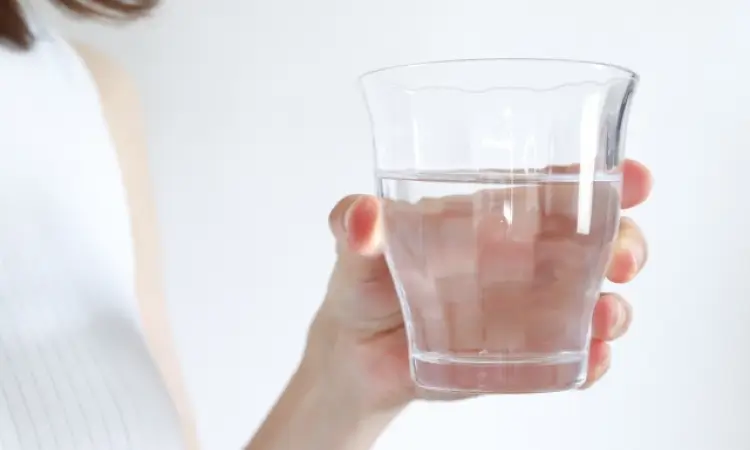
Drink only water.
Try to stick to drinking only water. Drinking coffee, tea, or other colored beverages while wearing the aligners can cause staining. If you need to drink something other than water, make sure to remove the aligners first.
Process of Invisalign Treatment
1.
STEP 1
Data Collection
2.
STEP 2
Advice Based on Consultation Results
3.
STEP 3
Contract Agreement
4.
STEP 4
Explanation of the Treatment Plan
5.
STEP 5
Ordering and Manufacturing
6.
STEP 6
Initiation of Invisalign Treatment
7.
STEP 7
Completion of Treatment and Transition to Retention Period

